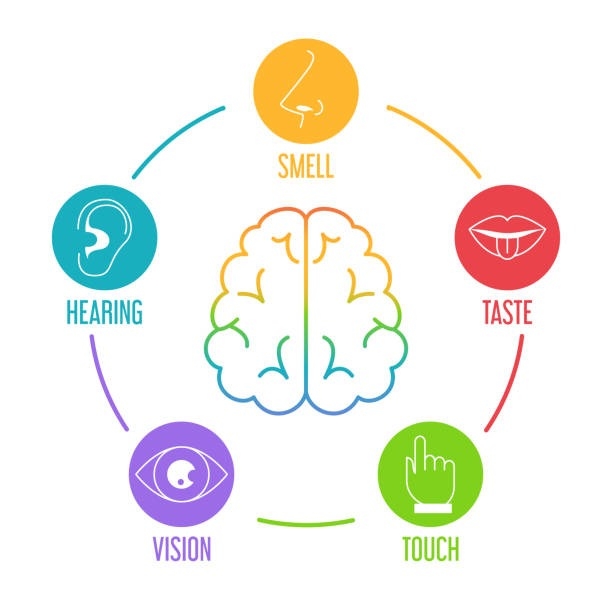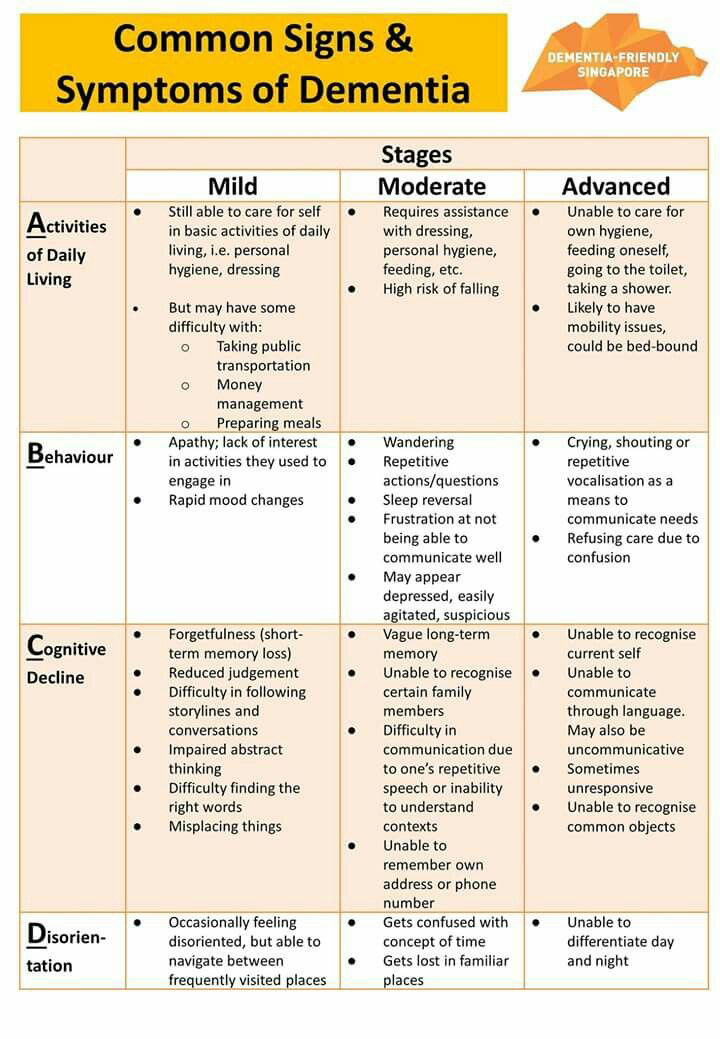Dementia’s Effect on the Five Senses
By Meghan Morrissey and Joyce St Amanda - May 29, 2025
Dementia is a complex disorder that can impact every aspect of a person’s daily life and complications that affect the brain’s ability to function, encompasses several including Lewy body dementia, Parkinson’s disease, vascular dementia, Huntington’s disease, and Alzheimer’s disease. Memory loss is the symptom most people associate with dementia, but many different areas of the brain can be affected, causing changes in personality, movement, behavior, emotions, language, and sensory perception. Sensory perception is affected when dementia renders the brain unable to interpret the information sent to it by the eyes, ears, tongue, nose, or skin. When presenting activities to those with dementia, consider the following:
Sight Although there might not be anything physically wrong with one’s eyes, the brain might have difficulty interpreting what is seen. Here are some strategies that might help:
- Set up the activity on a plain or solid-colored background; avoid tablecloths or place mats with patterns.
- Accentuate color contrasts, place light-colored objects on dark backgrounds and vice versa.
- Limit the number of objects offer at one time; for example, for coin sorting, place a few coins at a time.
- Bigger may be better; offer larger checkers, dominoes, or other game pieces.
- Simplify—avoid busy patterns and overly detailed items; for example, use simpler outlines for coloring or painting.
Hearing Even if an individual does not have hearing loss, he may have difficulty processing what he hears. To maximize the participant’s ability to understand you,
- Ensure that you have the person’s attention before speaking.
- Try to make and maintain eye contact; position yourself at the same physical level (sit if they are seated or stand if they are standing).
Smell The sense of smell is often the first to be affected by Alzheimer’s, and although sense of smell is not critical to activity participation, keep the following in mind:
Without the ability to smell, it can be more difficult for participants to distinguish between edible and nonedible items; for example, sniffing will not differentiate a cup of paintbrush rinse water from a cup of coffee or tea.
- Reduce or remove background noise.
- Try using shorter, simpler sentences.
Taste Decreased taste bud sensitivity combined with diminished sense of smell can affect the way things taste, again leading to the risk of putting inedible or harmful objects in the mouth.
- Be sure to use nontoxic supplies (e.g., glues and paints).
- Avoid placing non-food items (e.g., beads, water for rinsing paintbrushes, nuts and bolts) in cups or other containers associated with food.
Touch Individuals may have decreased sensitivity, which can lead to diminished dexterity and fine motor skills. Some participants may favor certain textures and find others unpleasant.
· Provide larger activity materials that are easier to pick up (e.g., buttons, blocks, puzzle pieces, beads).
· Lay items out on a flat surface so that they can be picked up more easily than those offered in a box or basket.
· Offer items that have a variety of textures and note those that are preferred. Some may like soft textures, such as felt, velvet, yarn, cotton balls, or stuffed animals; others may prefer items with smooth surfaces.

